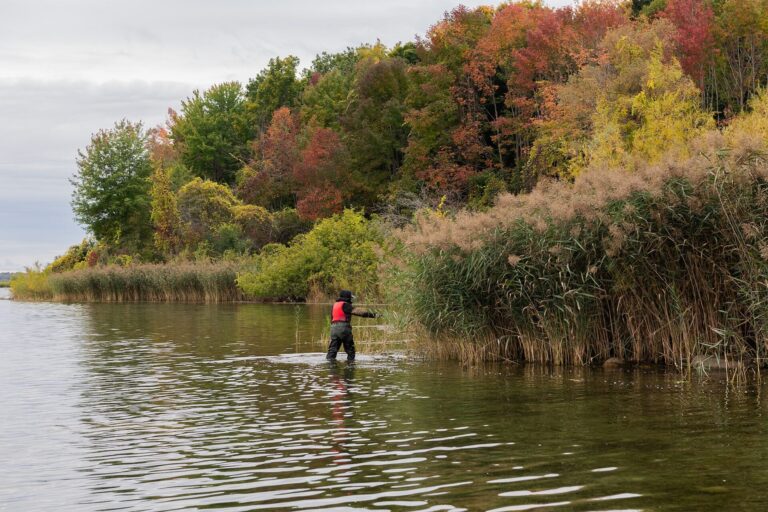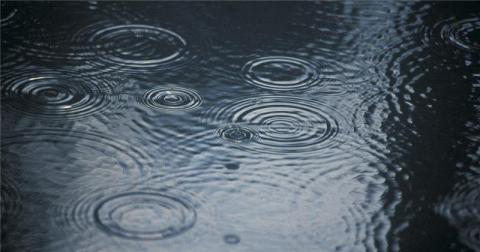1. Liberal spending
Since 2015, the Liberal government has taken bold steps to improve many aspects of water in Canada, clearer communications about science, stronger engagement with First Nations and pledges to end Drinking Water Advisories, and they’ve made it clear that water infrastructure is a top priority, too. So, it’s worth noting and being concerned over the fact that the Parliamentary Budget Officer found that the promises of money for infrastructure is not being deployed as readily as the government has boasted. And Budget 2017 had a shallow funding pool for water infrastructure. Will the promises be fulfilled? Time will tell.
PBO Releases New Infrastructure Report; Says Funds Are Moving Slowly
2. Make it rain
In contrast to the previous story, if there’s one way the federal government has deployed skills and money for adaption to climate change and the new, hotter, wetter Canada, it’s through FCM programs. The first of a number of FCM initiatives announced in 2017, these municipal adaptation programs may not be splashy, front page news, but they’re sure to blunt some of the impacts of climate change on Canadians.
New Funding for Municipal Climate Change Adaptation, Flooding
3. Don’t give up, Man.
It was something of a difficult year for Manitoba, the conservative government has pushed back on spending and some capital-intensive environmental measures, while the municipalities struggled to fund infrastructure modernization their infrastructure and water resource management. However, the 2017 budget was a high-point for the water sector, promising solid spending in water infrastructure.
Man. Budget Adds $20M to Water Infrastructure Spending
4. Wetlands prevent wet land
Canada is not prepared for the financial burden of climate change fueled flooding. While Houston, Texas dominated news broadcasts, displaying the consequences of a truly catastrophic flood, Quebec, Ontario, and British Columbia were all well-inundated by the rising waters and their consequent costs. Science to the rescue: the Intact Centre has a lot to teach local, provincial, and federal governments about how investing in wetlands now will save our economies later.
Study: Wetlands Important for Mitigation of Flooding Impacts
5. Global green bonds go blue
In 2017, the number of green bond issuances was on track to show strong growth surpassing the US$95.6 billion of 2016. Although the analysis to determine the sum total of blue bonds in 2017 is not yet in, the marketplace is increasingly seeing bonds that are issued to fund water-related projects.
Green Bonds Go Blue









